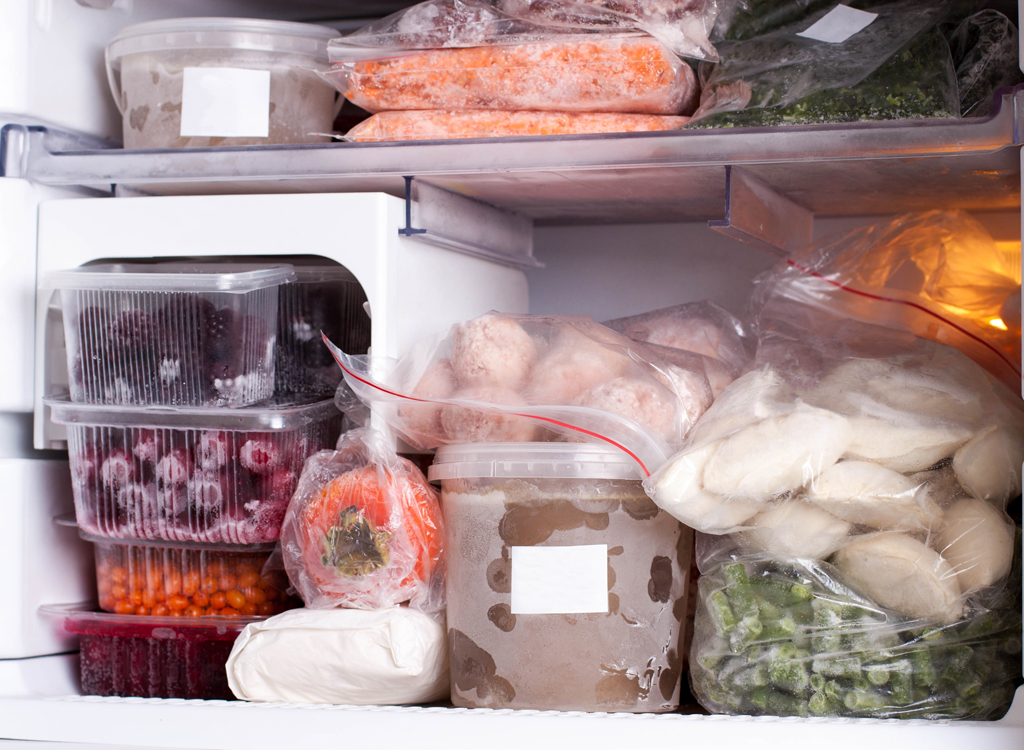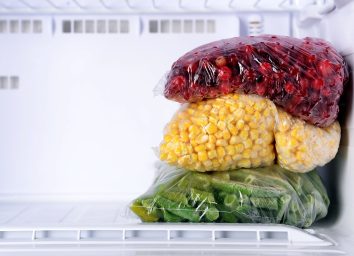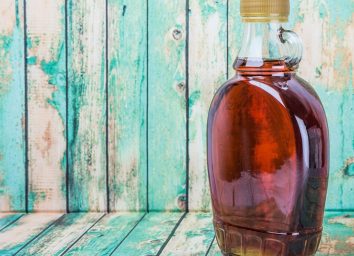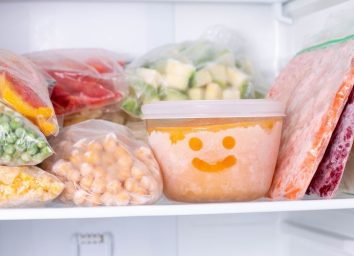This Is the Exact Temperature You Should Set Your Freezer To

Take a look inside your freezer. Do you have it packed with frozen foods? It turns out that having a packed freezer isn't a bad thing after all. In fact, having more foods in the freezer ultimately saves energy. Every time you open the freezer door, you let cold air escape and invite warm air in, which could cause your once frozen solid foods to prematurely thaw. When your freezer is neatly packed with foods that are already frozen, the appliance won't have to work as hard to cool down the air as it would in a freezer that's barely full. Not to mention the frozen foods in the freezer will also work to keep surrounding foods cool, too. But that brings up the big question: what is the perfect freezer temperature you should be using?
With this in mind, we wanted to figure out exactly what the best temperature is for your freezer so that you don't take the chance of any of your foods thawing and potentially spoiling. We called on Janell Goodwin, Food Safety Expert with the USDA's Food Safety & Inspection Service, for such insight.
What temperature should you set your freezer at, and why is this so important?
"Your freezer should be set to 0°F or below for safety. Food stored constantly at 0°F will always be safe," she says.
If you leave your food in the freezer for an extended period of time, the quality of it can suffer. You've probably had your fair share of foods develop freezer burn, which doesn't make them unsafe to eat, but it does cause the quality of the food to diminish. So yes, foods will last in the freezer for a long time, but just keep in mind that the quality does begin to lessen over time. For example, you'll want to keep chicken in the freezer for no longer than one year in order to enjoy it in its best quality.
What could happen if the temperature rises above 0°F?
"Frozen food will hold its top quality for the longest possible time when the freezer maintains 0°F or below. Freezing keeps food safe by slowing the movement of molecules, causing microbes to enter a dormant stage," Goodwin explains. "The longer the molecules are held above 0°F, the quicker they are able to come out of the dormant stage, causing the growth of microorganisms that cause both food spoilage and foodborne illness."
What's the best way to make sure your freezer stays at the right temperature?
"An appliance thermometer should be kept in the freezer to monitor the temperature at all times," she says. This is especially important for when there is a power outage because as soon as the power returns, you'll be able to see if you have to toss any of your frozen goods.
"When the power goes back on, if the freezer is still colder than 40°F, the food is safe," says Goodwin.








